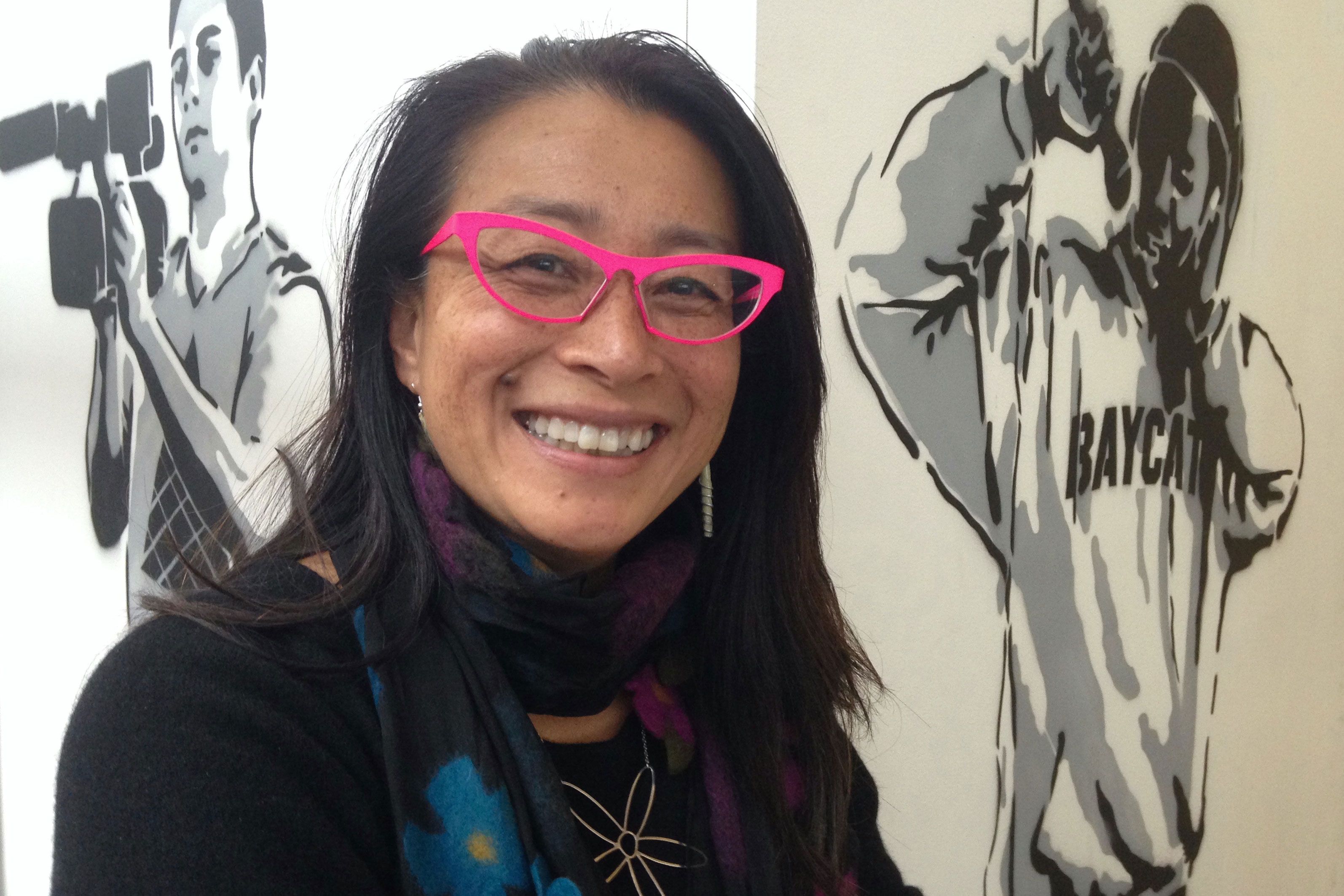Raised by an immigrant single mother in the sweatshops of New York City, Villy Wang faced almost insurmountable obstacles to her dream of founding a new kind of nonprofit.
Even as a child, Wang dreamed of helping low-income kids discover their passions and develop their talents. In 2005 Wang founded BAYCAT, a new model of nonprofit business tackling the lack of diversity in tech and digital media by providing access, education, and employment for low-income youth, youth of color, and young women in the Bay Area. Now in its eleventh year, BAYCAT has educated over 3,250 students, employed over 150 young adults, and its internship is placing 88% of graduates in media-related jobs with such employers as SF Giants Productions, Wired, HBO, LucasFilm, The City of San Francisco, and the Golden State Warriors broadcast team.
We sat down with the entrepreneur to talk about education, media, and a new social business model.
What inspired you to found BAYCAT?
Sweatshops, television, and Gandhi. My first career was working in the sweatshops of New York City as a little girl, side by side with my Mom, who immigrated from China in the early 60’s. Her journey and her resilience, as well as the absence of my father, and the challenges my brother and I faced as immigrants has profoundly inspired and influenced who I am, and what I have become. Secondly, when I was growing up, no one looked like me or my family on TV. There were no positive role models or stories that mirrored our lives. My mother never believed her story mattered. Finally, Gandhi’s famous words, "Be the change you wish to see in the world," are often quoted with emphasis on “be the change.” Upon reflection, I came to realize how my Mom’s and my own self-confidence and lack of empowerment came from the outside. How does one expect to “be the change” when one can’t “see” the change?
How did you “see” the change?
Today, the power of creating media has become somewhat democratized through the creation of technology and digital tools. Though I didn’t have the awareness or words to describe the challenges, I grew up feeling the impact of being surrounded in a world of social and economic injustices. When I look at today’s families and under-resourced communities like the one I grew up in, technology has also led to further the gap for the have-nots. I believe it is our responsibility to bridge the digital divide, especially here in the birthing place of so much new technology. If we can empower low income youth, young people of color and young women to find their passions and talents, educate and employ them in one of the most competitive arenas, then I believe we can change the world, and deamplify the social and economic inequalities that are amplified in this digital age.
How is BAYCAT different from other nonprofits?
When I was researching how to build the BAYCAT model, nonprofits were often seen as just charities. People donated to them, and that was all. Perhaps it's because I grew up with the motto, “Don’t feel sorry for us, hire us,” that I wanted something different. As a clonor (client + donor = clonor) with BAYCAT you can have it all: excellent media services from us as a client, and taxdeductible donations to support our community as a donor. All proceeds from our media services support our Academy’s educational programs. Bottom line: I want people to think and relate to nonprofits differently. BAYCAT is not just a nonprofit doing good for the community; the hybrid model redefines nonprofit businesses to be more sustainable while engaging corporations in new strategic ways.
What medium do your students use the most?
We mostly focus on video production, documentary filmmaking, and animation, but have also produced billboard campaigns.
What digital medium will have the biggest impact on storytelling in 3-5 years?
Video, and all its iterations, including virtual reality. But at the end of the day, it's still about the story and who tells it.
What life lessons have your students taught you?
I learn from these kids every day. They are my inspiration and the reason why I created BAYCAT. I’m one of them, and though life is not always fair to them and their communities, their creativity and resilience reminds me to live in hope, not fear. With my immediate family gone, they also remind me that I’m not alone. Many call me, “Mom,” and that's an honor.
When you're burnt out, where do you go to find inspiration?
The waterfront. I take a ton of pictures and find inspiration in the urban grittiness. When I need to find balance, I take a yoga class. It centers me.
Hands-down favorite thing to eat in SF:
Right now, Pinsa Corviale at Montesacro Pinseria Romana on Stevenson Street. It's absolutely divine, and so different from the NYC pizza experience that I grew up with.
Ideal date night:
A bowl of pho followed by a play at the San Francisco Playhouse.
Favorite place to go on a day trip from the city:
Tomales Bay.
Quick-fire round:
Burrito or burger: Potstickers.
Presidio or Golden Gate Park: Golden Gate Park
Bike or Muni: Bike
Fort Mason or Dolores Park: Dolores Park
The Independent or The Fillmore: The Independent
Baker Beach or Ocean Beach: Ocean Beach
Related Articles
